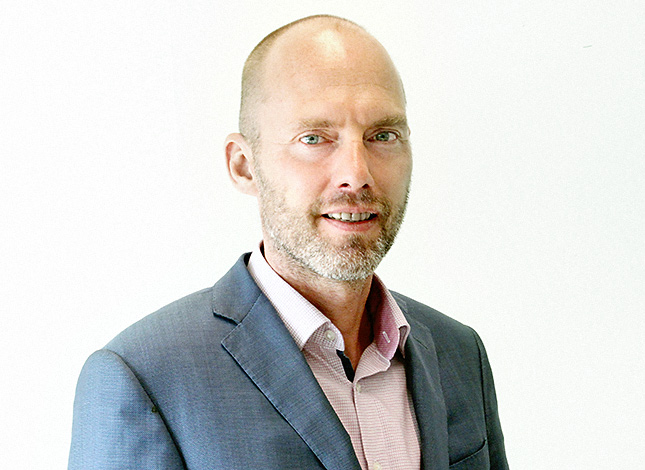The Netherlands
Strategic Advisor & Innovator, Royal HaskoningDHV
Eelco Thiellier is Strategic Advisor & Innovator at engineering consultancy Royal HaskoningDHV. He has been involved in many service and product developments to optimise pedestrian journey’s. Organising new ways to travel safely and comfortably from A to B. He has developed solutions for the Dutch Railways and cities like Amsterdam, both from a service design perspective and an engineering perspective. His vision is that humans’ data is only knowledge when we understand what make those humans happy. In his work he focuses on pedestrians. The perspectives of pedestrians, enriched with data, generate fact-based insights and data-driven measures. Resulting in effective solutions to keep cities, buildings and public spaces safe, accessible and comfortable.
Currently, Eelco is responsible for the roll-out of a crowd monitor system in the city of Amsterdam, at crowded areas like the Red Light District. Areas where quantitative data is collected; data about movements of people: how they walk, how fast they walk etcetera. This data is used as input for optimisation and data driven decision-making on an operational, tactical and strategic level, for users like the police, event planners and city planners.
Event role
Case study speaker
Case study
'Co-designing a safer, more accessible and more liveable Amsterdam Red Light district'
Like many other cities, Amsterdam faces numerous liveability challenges, due to increases in population and tourists and their mobility and transportation. One of its well-know areas is the The Red Light District, currently a complex ecosystem with millions of visitors, passers-by, workers and residents, managed by an even more complex and crowded ecosystem of organisations, departments and individual experts.
To let this area function well, and offer to each user the best experience to live, work and pass by, the city government has been searching for a smart solution. To get from abstract, numeric data to actual solutions in the streets, a service design approach was introduced.
Close collaboration between the city of Amsterdam and its inhabitant with the use of an iterative, people-centric and data-driven service design approach, made it possible to define a complete set of new design measures. Together and in co-creation with stakeholders like the police, these measures are currently being piloted and implemented. A smart city solution is now being rolled out, combining sensors and data analysis algorithms to generate data about people movements and crowdedness.
Scheduled
Saturday, October 6th, 12:30
More selected projects
The 2018 edition was made possible by:
Connect
with us
Connect with design-driven innovators, service designers and other design thinkers & doers in the SDD community app.
Subscribe to our newsletter to stay up to date with us.
We promise not to spam you!
© 2016 - 2019 Service Design Days
Made with love by Yabber.
Legal notice

